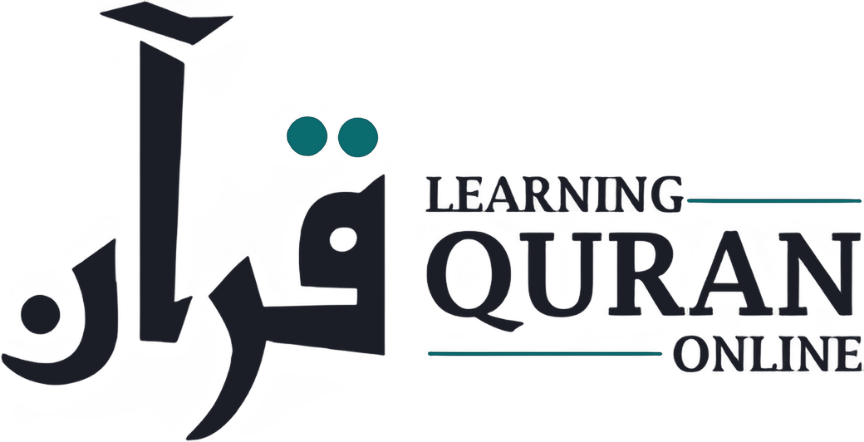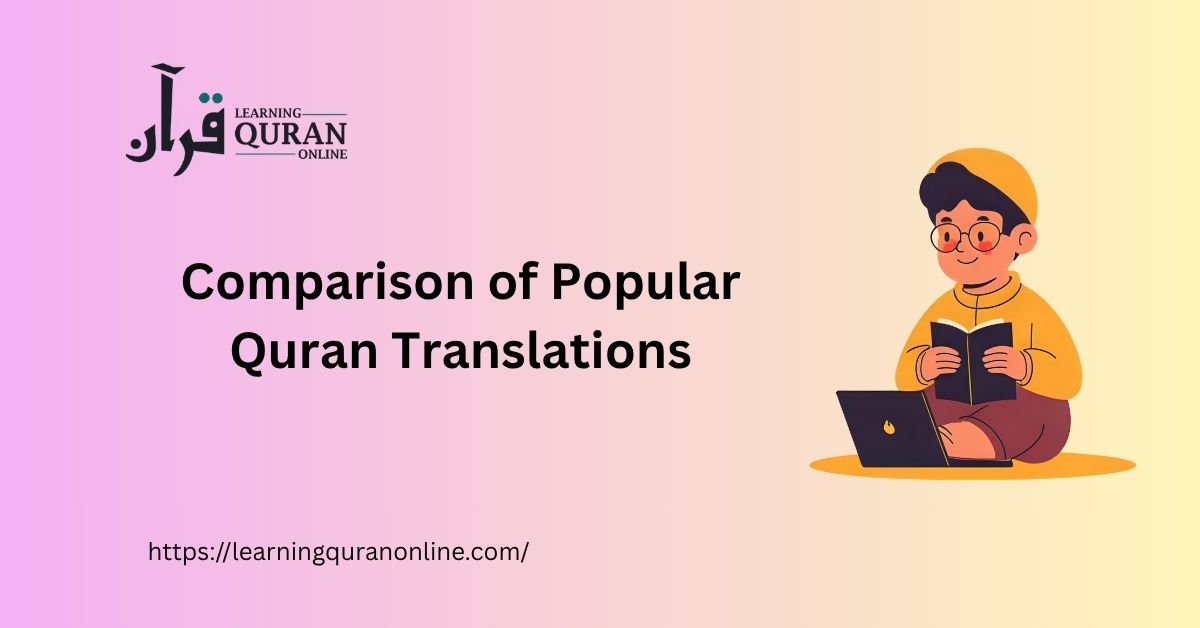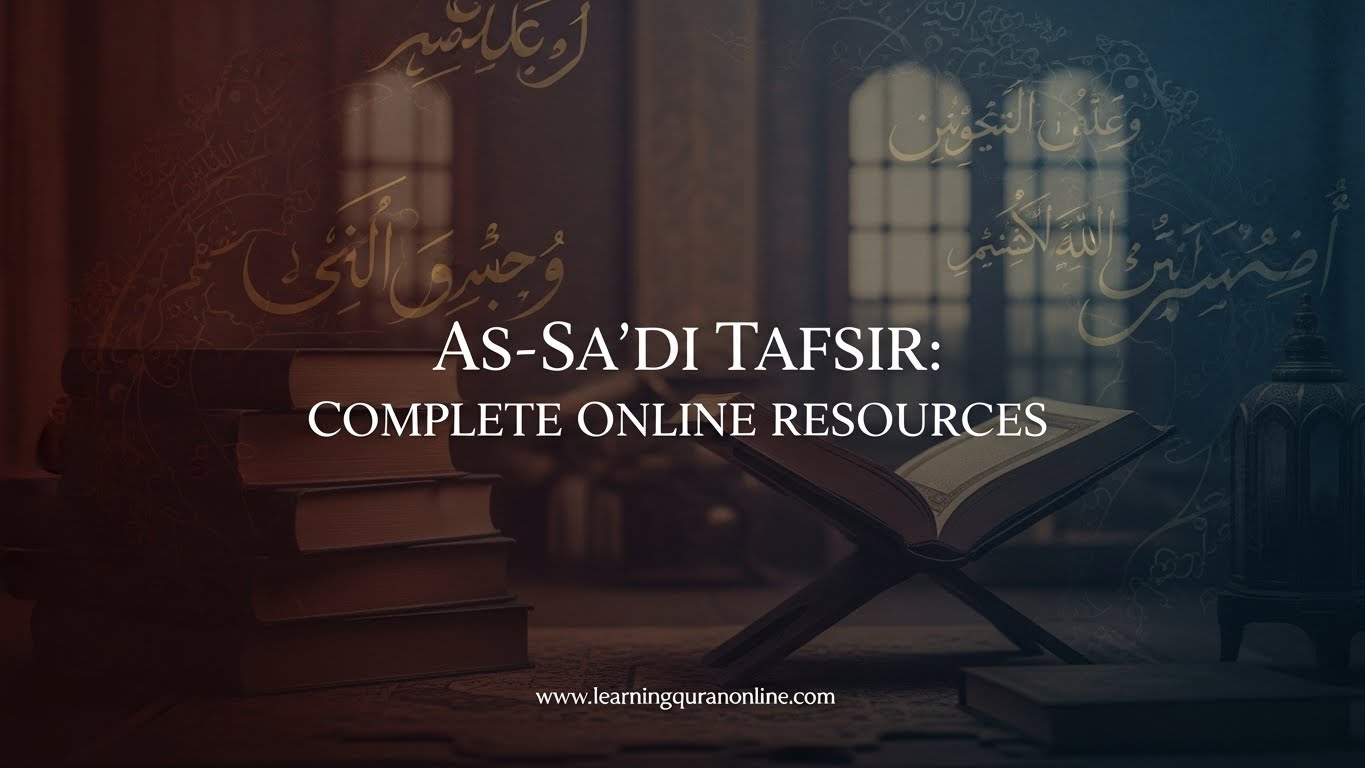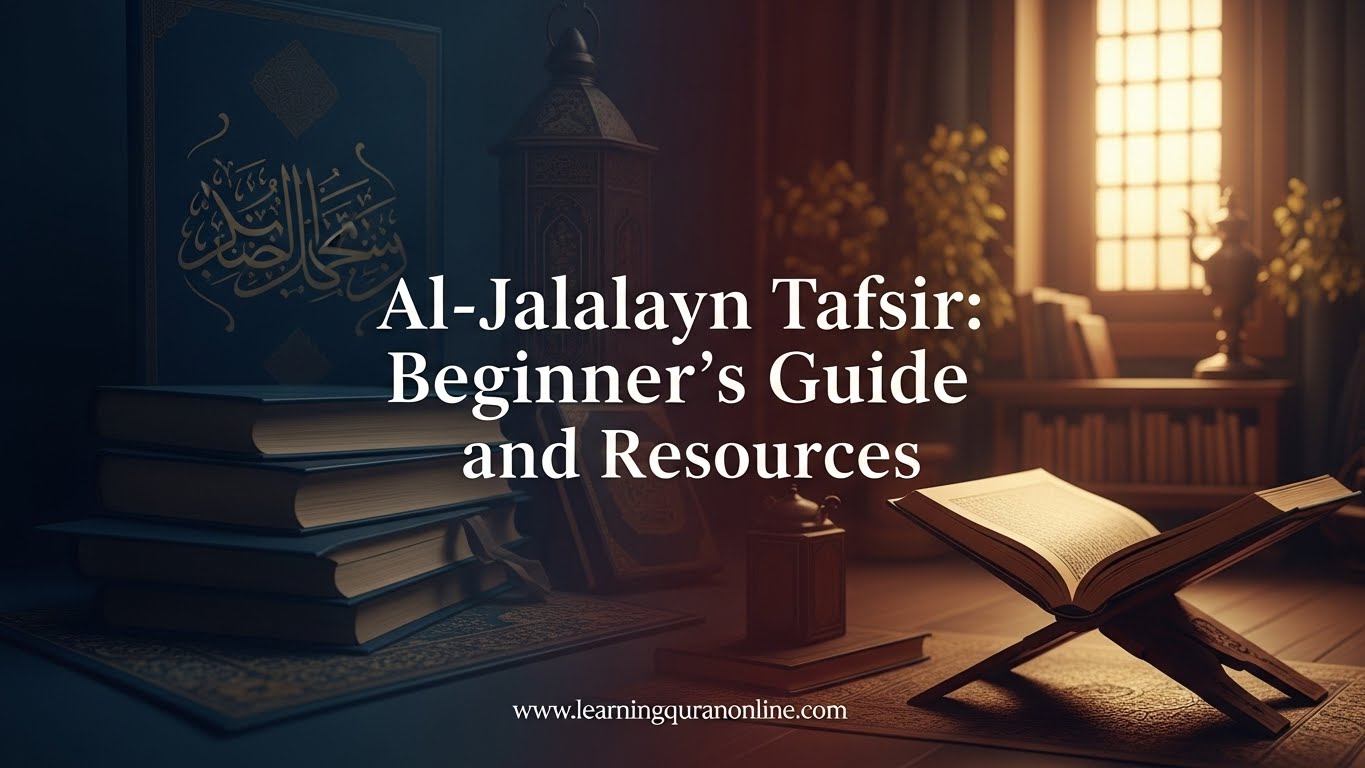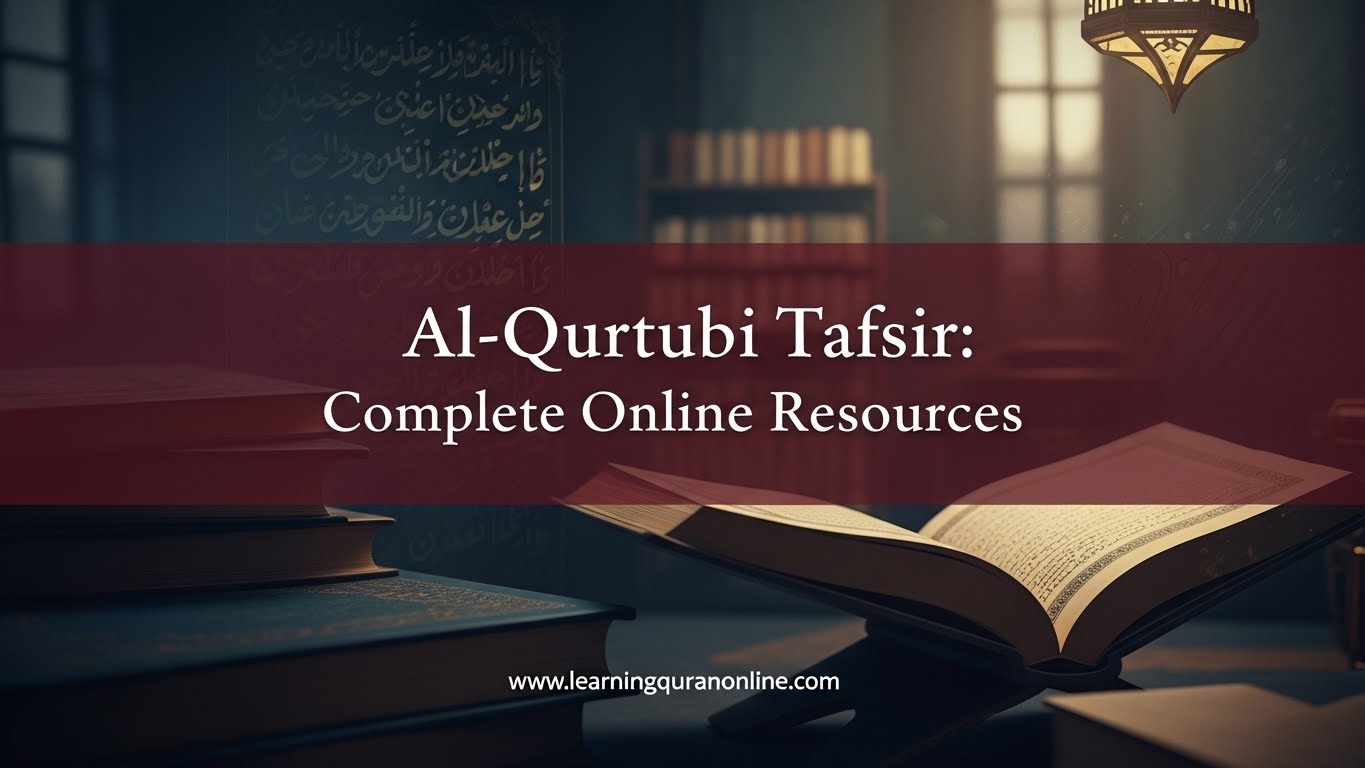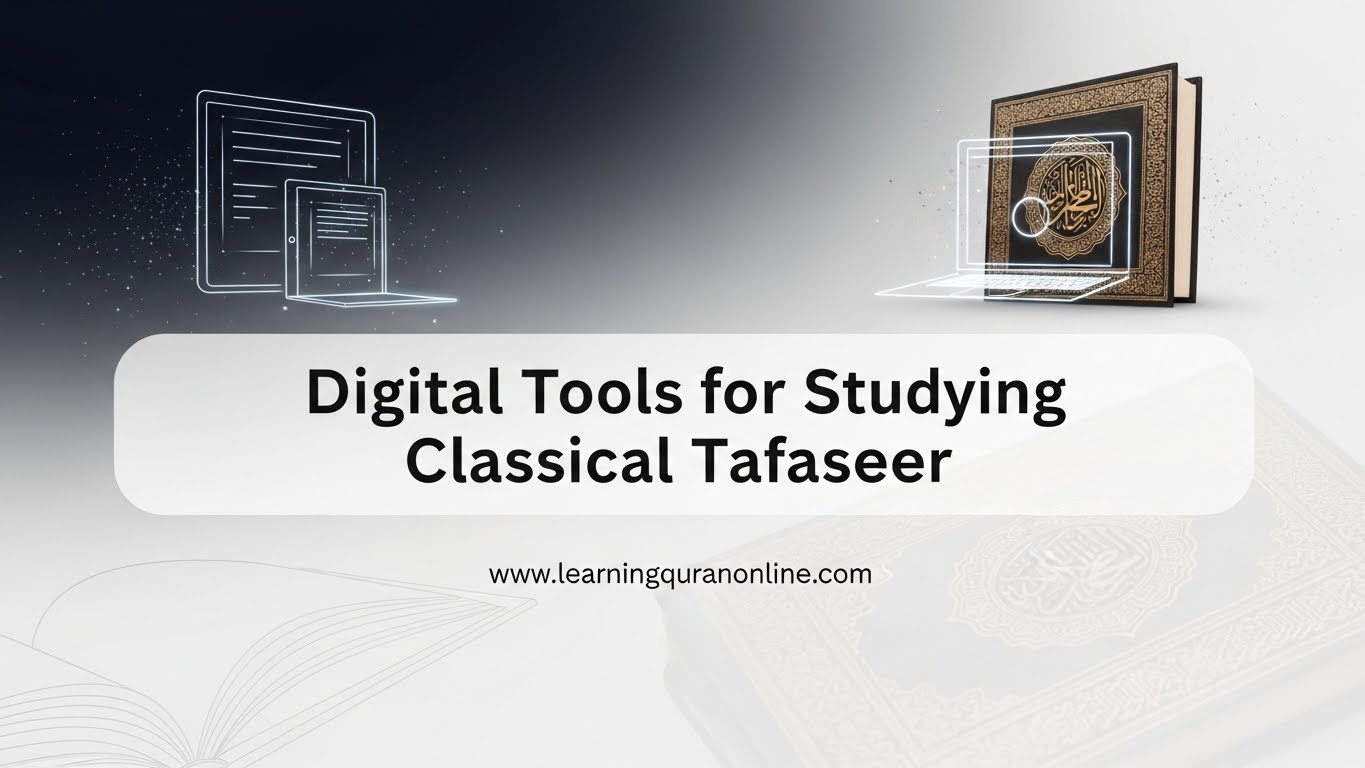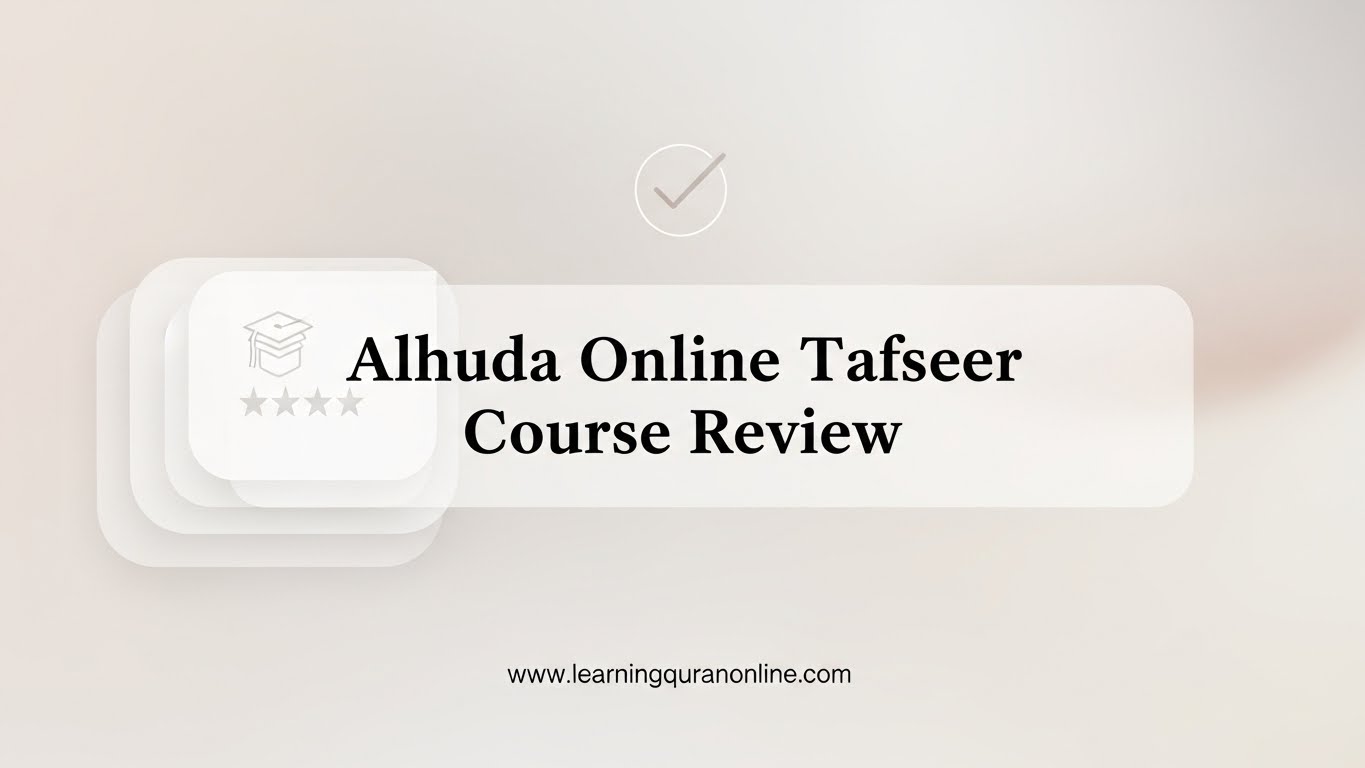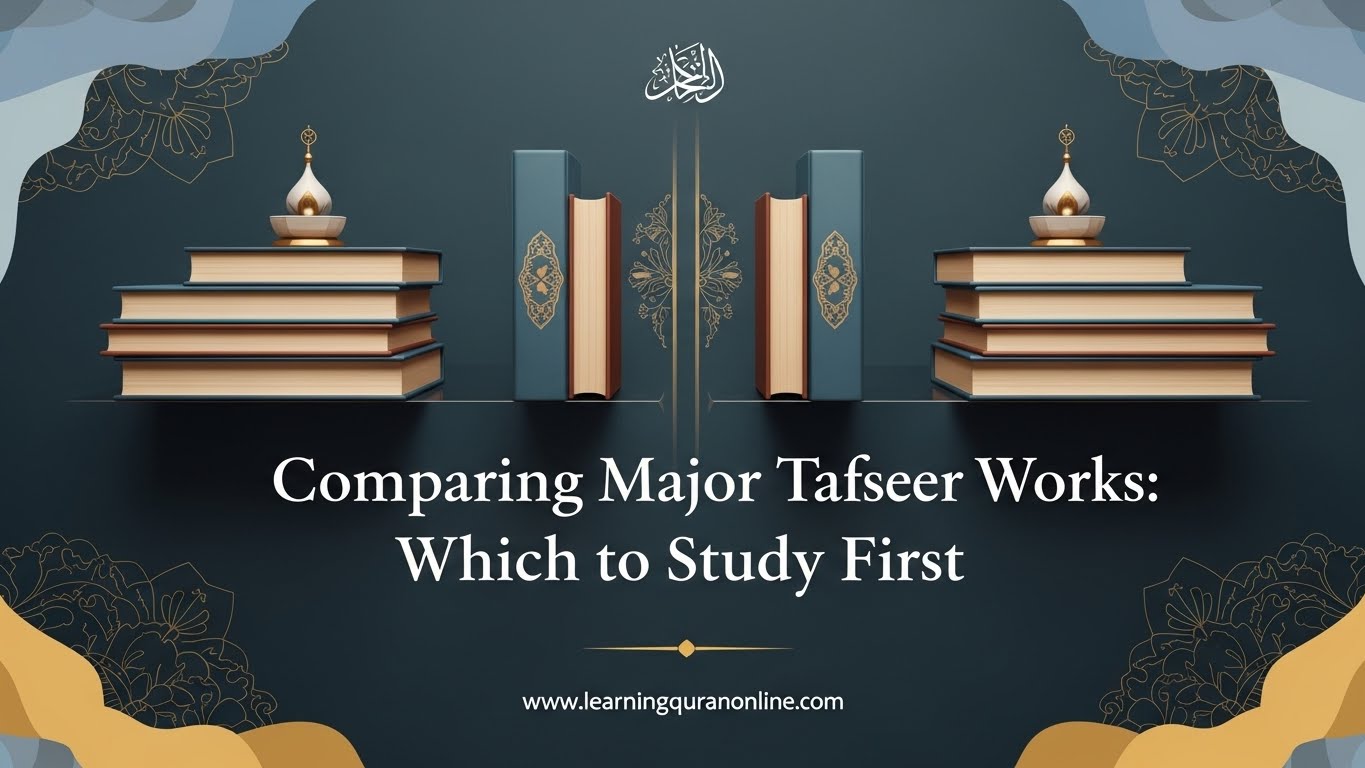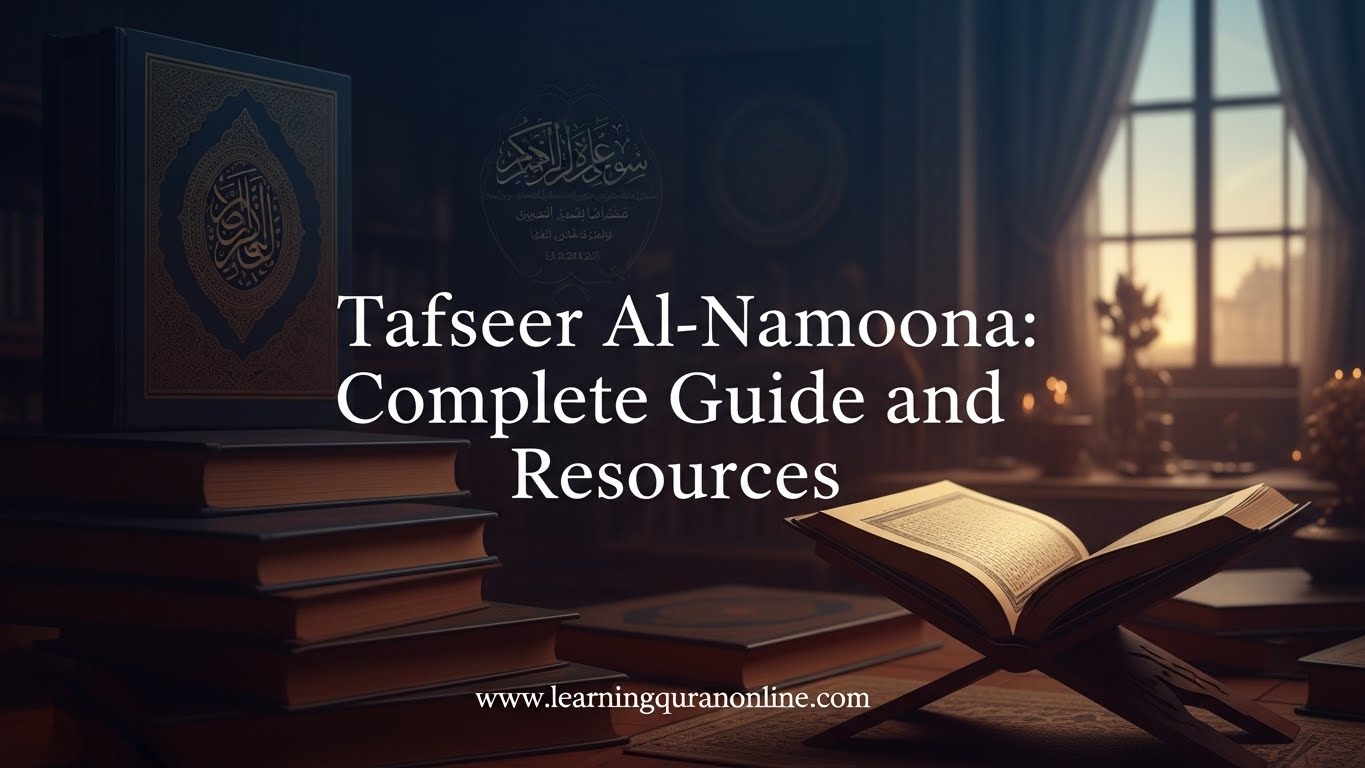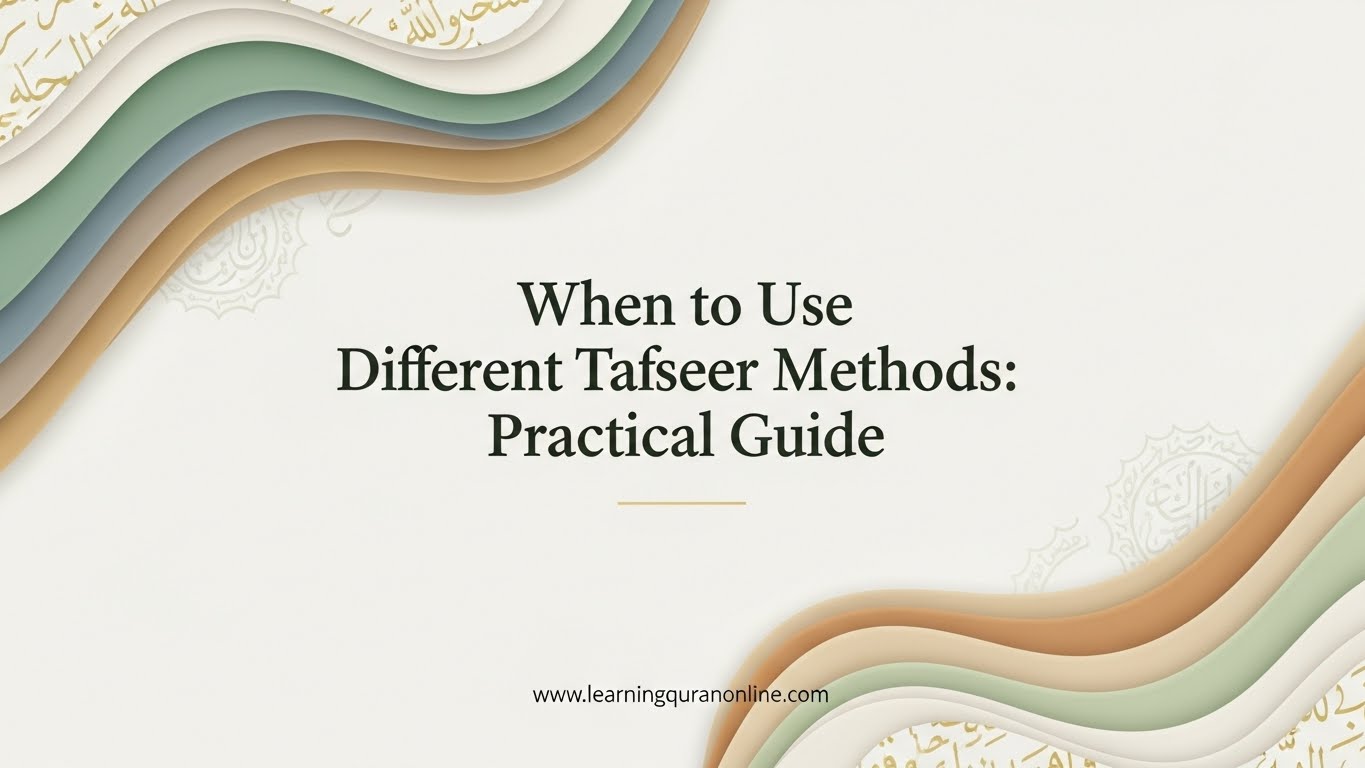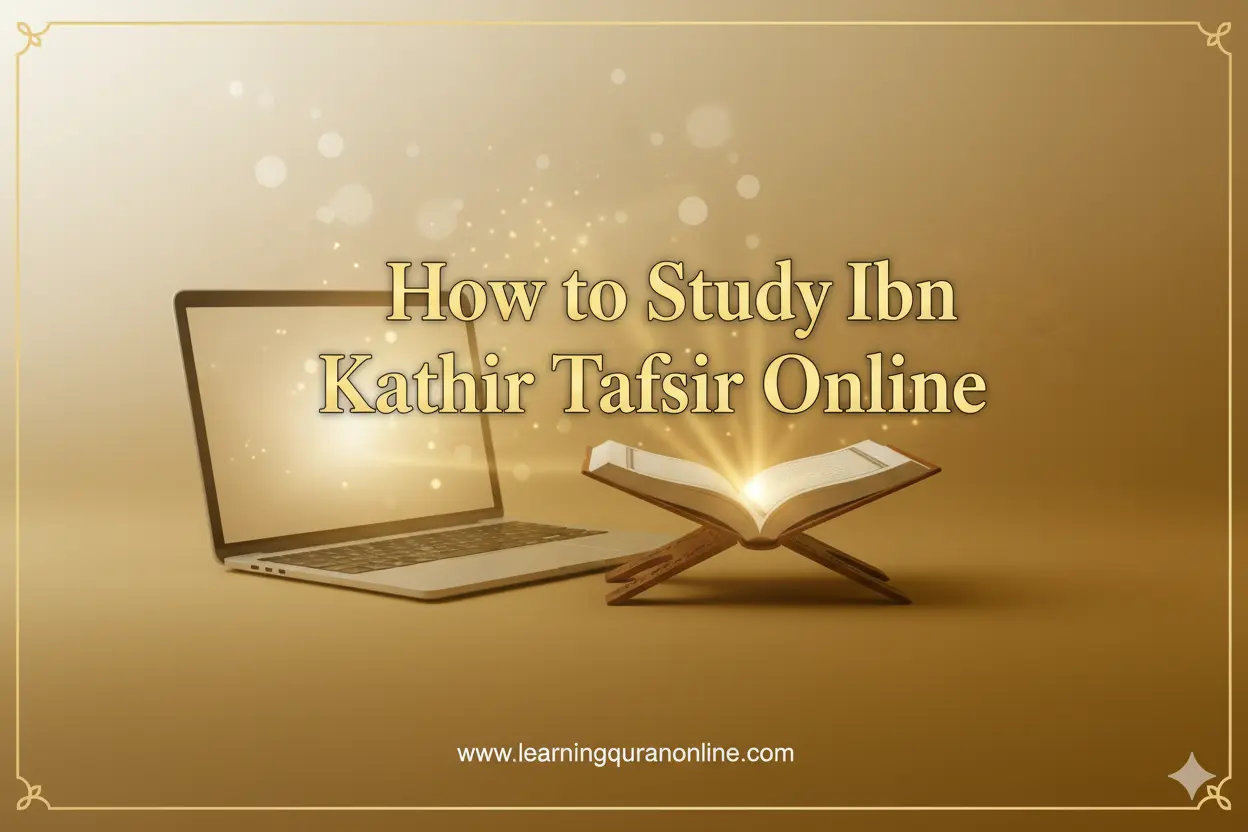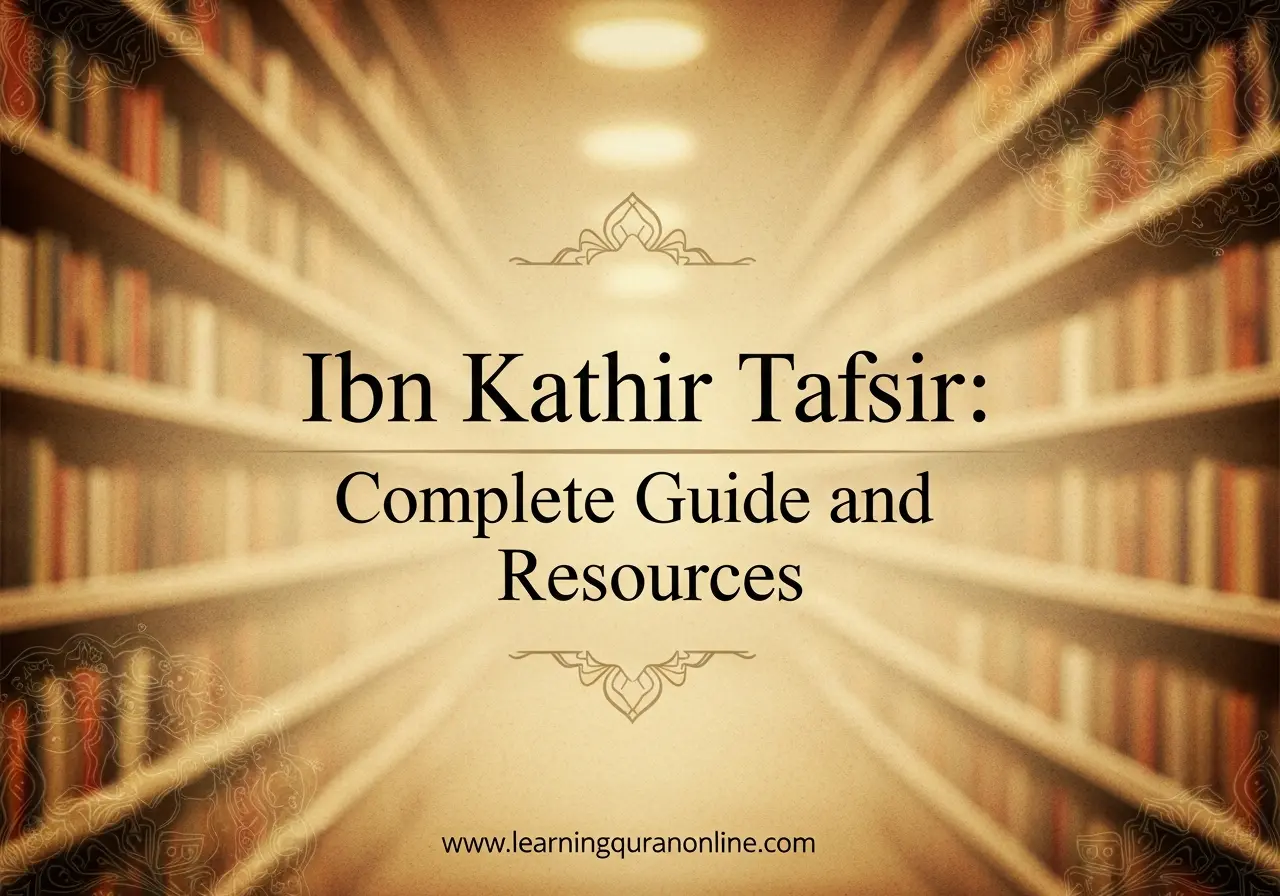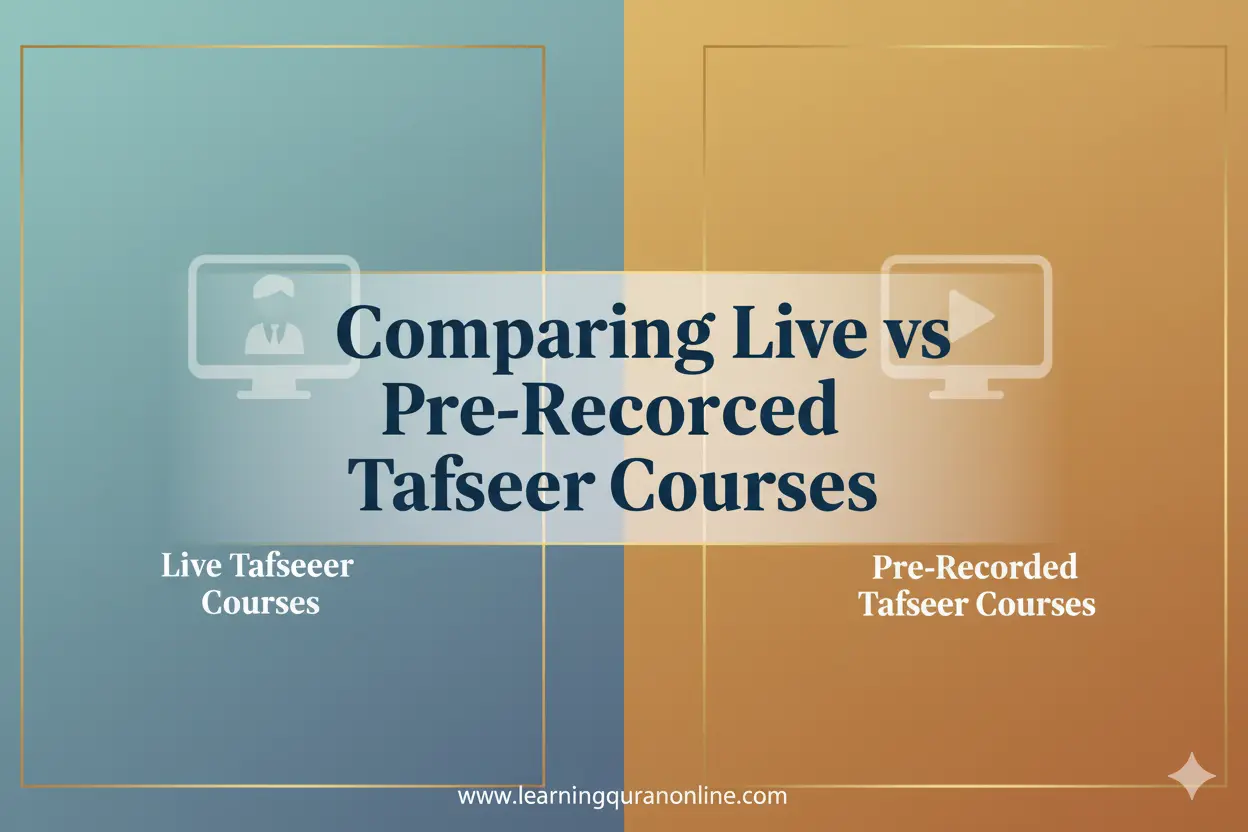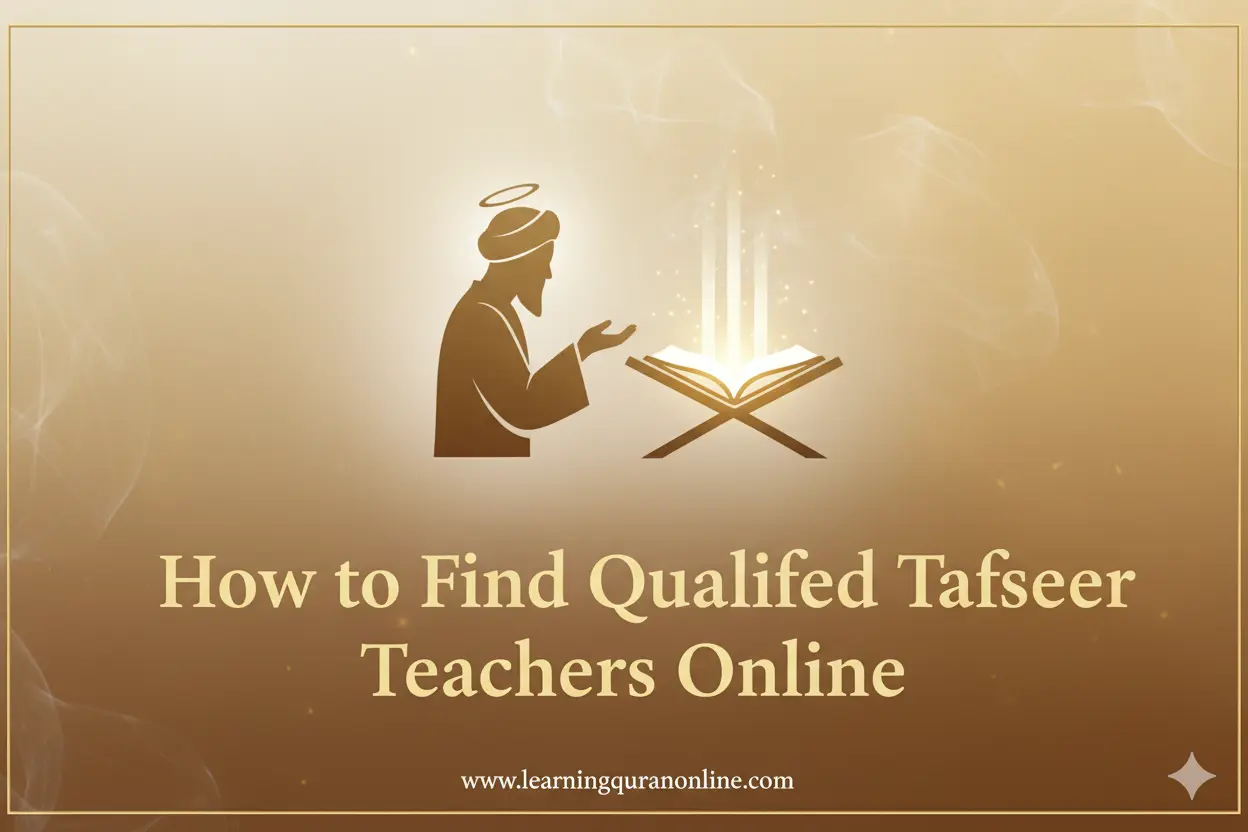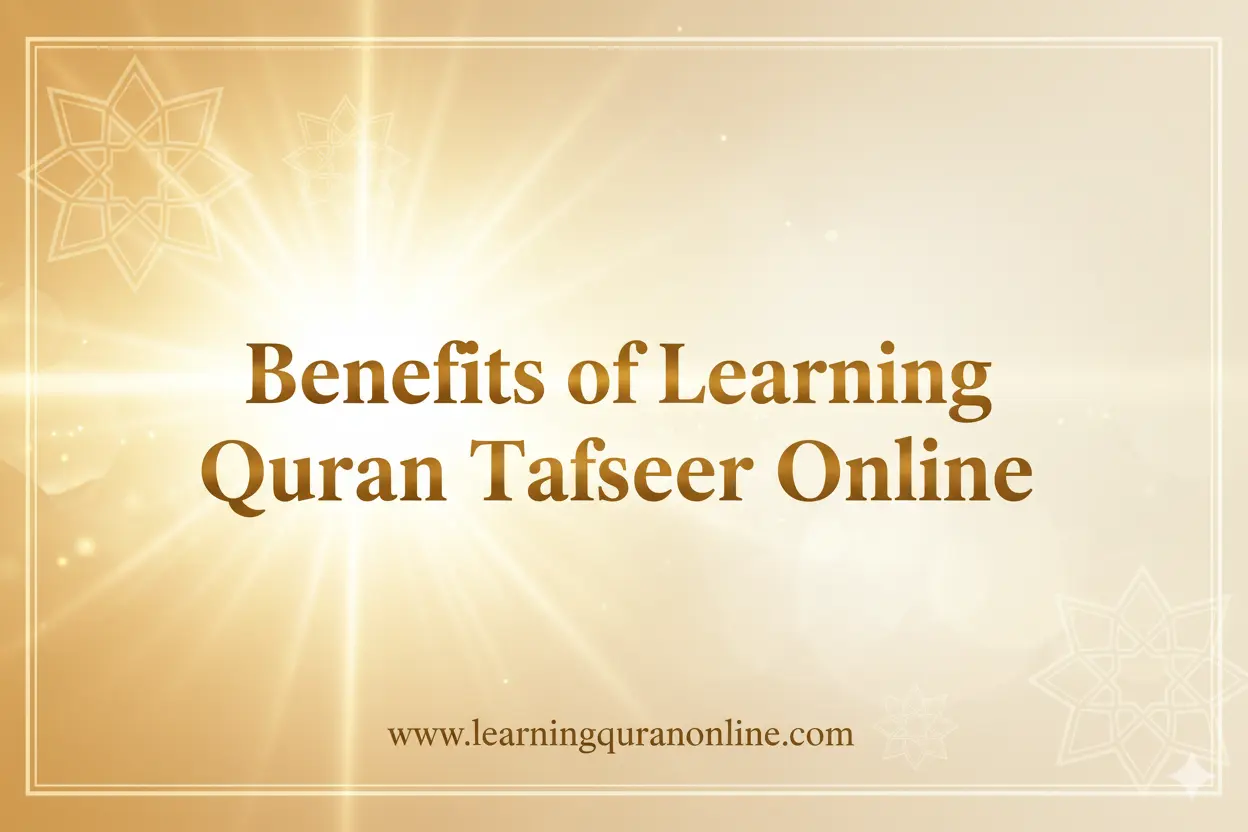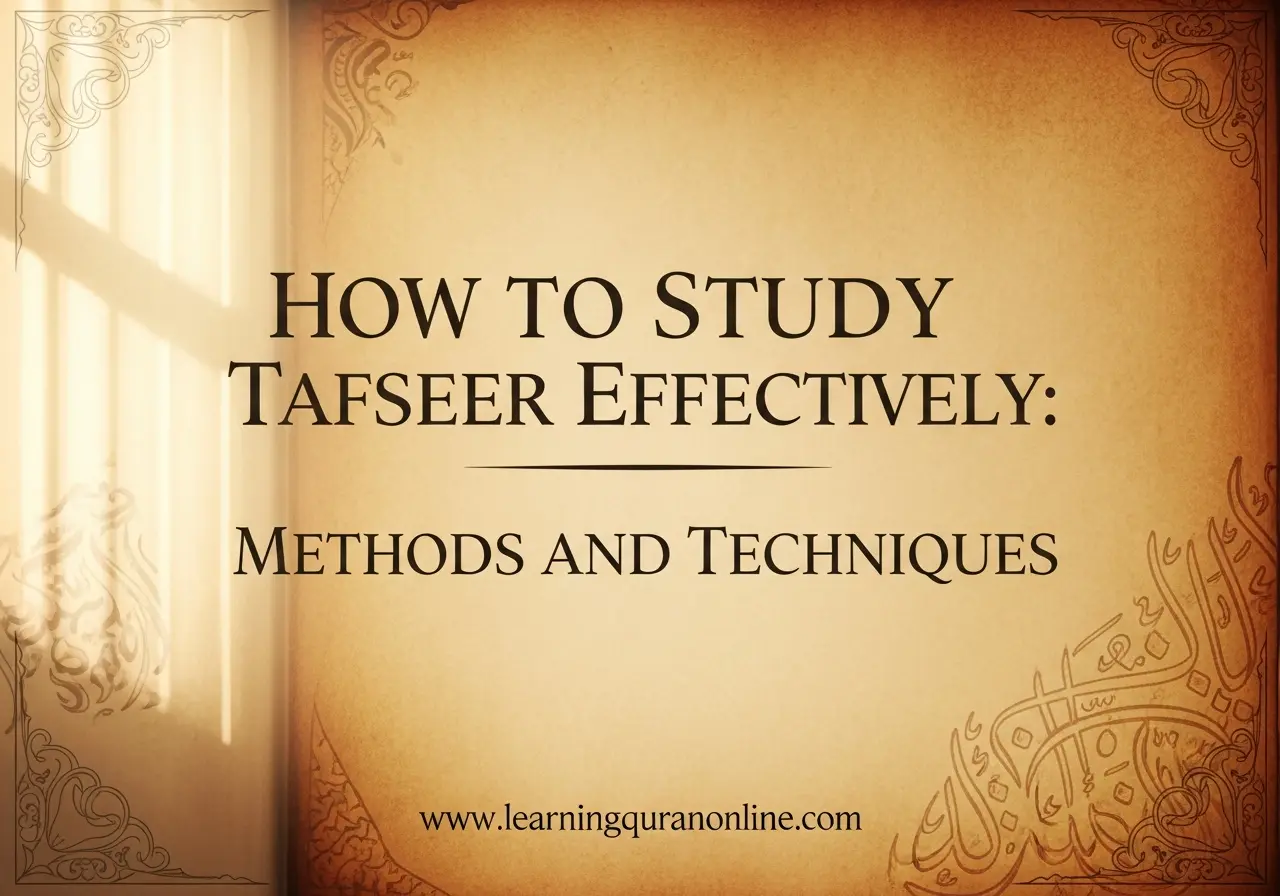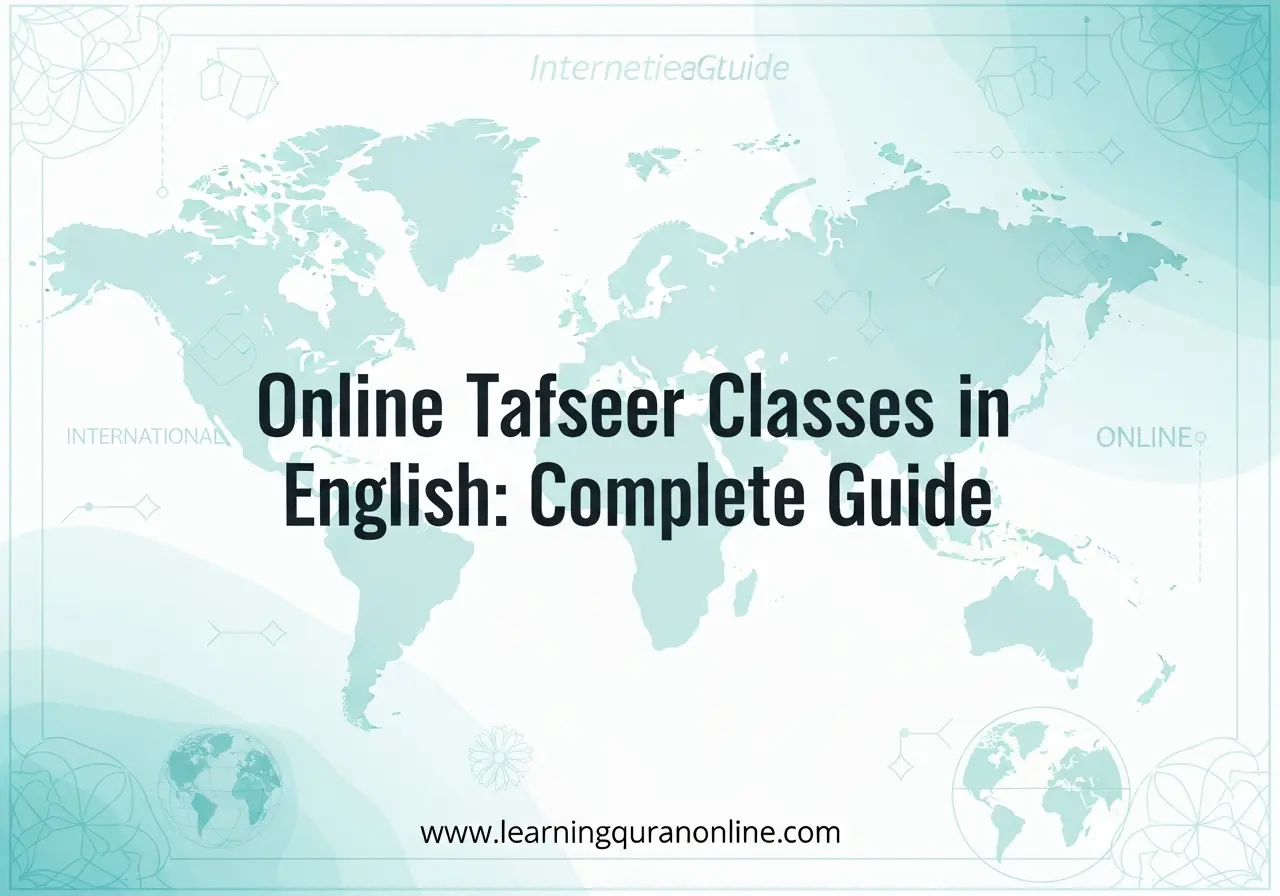Table of Contents
ToggleWhy Comparing Quran Translations Matters
The Quran in Arabic is considered inimitable and holds linguistic nuance, rhetorical features, and theological depth that are often difficult to render fully in translation. Translations of the Quran are essentially interpretations: they aim to convey meaning (tafsir/exegesis), grammatical sense, and stylistic tone. Differences in translation philosophy—word-for-word (literal) versus meaning-based (dynamic equivalence)—lead to variations in wording, footnotes, and commentary. Comparing translations helps readers gauge accuracy, authenticity, readability, and the degree of scholarly commentary included.
Key Criteria for Comparing Translations
When evaluating an English translation of the Quran, consider these essential criteria:
- Translation philosophy: Is it literal (word-for-word) or interpretive (meaning-based)?
- Language and readability: Does it use archaic/classical English or modern, accessible language?
- Scholarly apparatus: Are there footnotes, cross-references, and commentary (tafsir) to explain context and variant meanings?
- Accuracy and faithfulness: How closely does the translation reflect known classical interpretations and linguistic nuance?
- Theological orientation: Is the translator explicit about a particular theological viewpoint that affects rendering?
- Use case: Is the translation intended for recitation study, academic analysis, interfaith dialogue, or devotional reading?
- Credibility and pedigree: Are source texts, manuscript bases, and scholarly notes provided?
Sahih International Quran Translation Guide
Popular English Translations — Comparative Overview
Below is a summary of widely used English translations of the Quran. Each entry highlights translation approach, notable features, strengths, and potential limitations.
1. Abdullah Yusuf Ali (The Holy Qur’an: Text, Translation and Commentary)
Abdullah Yusuf Ali’s translation is one of the most historically influential English renderings. It combines a somewhat poetic English style with extensive commentary and footnotes drawing on classical tafsir and historical sources.
- Approach: Interpretive with literary language; includes commentary and explanatory notes.
- Strengths: Rich footnotes, literary tone, useful historical and exegetical references.
- Limitations: Archaic diction in places (early 20th-century English); some modern readers find the language dated.
- Best for: Readers who appreciate a traditional commentary flavor and literary English.
Quran Translations: Complete Comparison Guide
2. Marmaduke Pickthall (The Meaning of the Glorious Koran)
Pickthall’s translation aims for dignity and a more literal feel while retaining a certain classical English register. It is valued for its attempt at faithfulness to the Arabic structure and its reverential tone.
- Approach: More literal, somewhat formal/classical English.
- Strengths: Respectful tone, reasonably faithful to Arabic phrasing.
- Limitations: Less explanatory material; archaic language for some readers.
- Best for: Those seeking a historically significant, reverent translation with a literal leaning.
3. Saheeh International
Saheeh International is a modern, concise translation that aims for clarity and simplicity. It is widely recommended for non-Arabic speakers and new readers for its straightforward language.
- Approach: Meaning-based but conservative—prioritizes clear modern English.
- Strengths: Readability, neutral tone, widely accepted for study and recitation guidance.
- Limitations: Minimal extended commentary compared to Yusuf Ali.
- Best for: Beginners, students, and general readership preferring modern English.
4. Muhsin Khan & Muhammad Al-Hilali (The Noble Quran)
Often published as “The Noble Quran,” this translation includes parenthetical clarifications and heavy use of commentary drawn from Hadith and classical sources. It has a particular interpretive style aligned with certain theological perspectives.
- Approach: Literal with extensive parenthetical notes and tafsir excerpts.
- Strengths: Helpful for readers wanting Hadith-based explanatory notes integrated with translation.
- Limitations: Interpretive inserts can read as commentary rather than neutral translation; sometimes seen as sectarian by critics.
- Best for: Readers seeking a translation closely tied to specific exegetical traditions.
5. Muhammad Asad (The Message of the Qur’an)
Muhammad Asad’s work is both a translation and a modern tafsir. He uses contemporary philosophical and linguistic insights to render the text and includes a substantial apparatus of notes and commentary addressing context, grammar, and interpretation.
- Approach: Interpretive, philosophical, and scholarly; emphasizes contextual meaning.
- Strengths: Insightful notes, modern idiom, suitable for academic readers and thoughtful study.
- Limitations: Some readers find his modern reinterpretations controversial or idiosyncratic.
- Best for: Readers interested in academic and philosophical engagement with the Quran.
6. M.A.S. Abdel Haleem (The Qur’an: A New Translation)
Abdel Haleem’s translation is praised for its clear, contemporary English and readability. It aims to convey meaning naturally and is especially accessible for first-time readers of the Quran in English.
- Approach: Meaning-based, modern English, accessible syntax.
- Strengths: Clarity, natural flow, helpful introductory notes and context.
- Limitations: Lacks exhaustive classical footnotes but often includes brief explanatory notes.
- Best for: New readers, students, and those using the Quran for study and reflection.
7. The Clear Quran (Dr. Mustafa Khattab)
The Clear Quran uses plain, contemporary English with an intention to be accessible while maintaining faithfulness to classical meanings. It is designed for readability, often useful in educational settings and interfaith contexts.
- Approach: Meaning-based, clear contemporary English.
- Strengths: Readability, clarity, user-friendly format.
- Limitations: Less comprehensive tafsir material than classical editions.
- Best for: Readers seeking easy-to-understand language and practical usage in modern contexts.
Quran Online Reading with English Translation
How to Choose the Right Translation
Choosing a Quran translation depends on your objectives. Consider the following guidelines:
- For beginners: Choose modern, clear translations like Saheeh International, Abdel Haleem, or The Clear Quran.
- For devotional reading: Pick a translation that resonates emotionally and spiritually (Yusuf Ali or Pickthall are common choices).
- For academic study: Use translations with extensive notes and a transparent translation philosophy (Asad, Yusuf Ali), and consult classical tafsir and Arabic texts.
- For comparative study: Read multiple translations side-by-side to capture nuance and divergent interpretations.
- For interfaith dialogue: Opt for readable, neutral translations with helpful contextual notes (Abdel Haleem or Saheeh International).
Practical Tips for Deeper Understanding
A translation is a stepping-stone, not a replacement for the original. To deepen your understanding:
- Read several translations to see how translators render difficult words and phrases.
- Use classical and contemporary tafsir (exegesis) to understand historical context (asbab al-nuzul), linguistic subtleties, and juristic implications.
- Learn basic Quranic Arabic and common root words; this dramatically improves comprehension.
- Listen to reliable recitations (tajweed) to appreciate rhythm and rhetorical features of the Arabic text.
- Consult scholars and reputable resources when encountering controversial or complex passages.
Our Online Quran Translation Classes
Translations and Online Quran Learning
Many learners today combine translations with online Quran learning tools—digital tafsir resources, parallel-text apps, and guided courses that pair Arabic recitation with English translation and explanation. For example, Learning Quran Online integrates translation review with lessons on recitation and meaning, helping learners connect the English translation to the original Arabic and classical commentary.
Final Thoughts
No single English translation can fully capture the linguistic, rhetorical, and spiritual depth of the Quran. The best approach is comparative: choose a translation that suits your immediate needs—readability, devotional use, or scholarly study—and supplement it with tafsir, multiple translations, and Arabic learning. Whether you prefer the literary depth of Yusuf Ali, the clarity of Abdel Haleem, the simplicity of Sahih International, or the detailed commentary found in The Noble Quran, informed reading will always benefit from cross-referencing, contextual study, and consultation of scholarly exegesis.
By understanding translation philosophies (literal vs. interpretive), evaluating translation quality, and using complementary resources, readers can approach the Quran in English with confidence, deepening both knowledge and spiritual connection.
